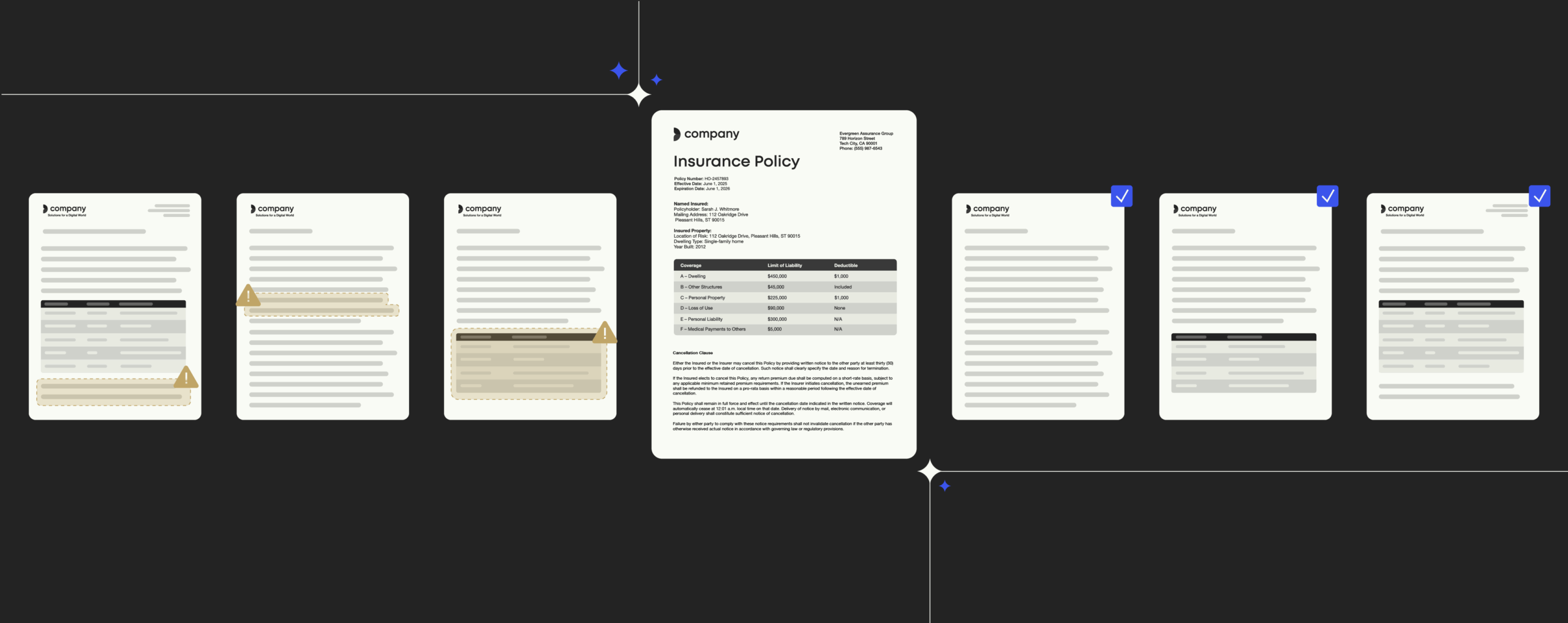Enterprise mobility management: ensure security in a digital age

2020 is set to be a big year for the global remote workforce.
As more companies embrace BYOD policies, cloud migration and the cultural shift to flexible working, the mobile workforce is predicted to reach 1.87 billion workers within the year.
To keep up with this trend, we’ll see industry-wide investment and focus on enterprise mobility management (software that allows organizations to securely enable employee use of mobile devices and applications) with the EMM market set to hit $500 billion in value by 2020.
The benefits of offering mobility as a service and investing in a mobile workforce are well documented. Numerous studies have shown that a more flexible work setup leads to happier employees, who take less sick days and enjoy coming into the office when required.
This in turn benefits employers, who generally experience lower turnover and higher productivity, as well as lower office costs (saving an average of $11,000 per year per remote employee), access to a global talent pool and the ability to keep ahead of their competition by tapping into new emerging enterprise mobility trends.
Despite generating a long list of benefits, a remote workforce reliant on various WIFI sources exposes enterprises to heightened security risks and breaches, which for any data-led business is a major concern. IBM places the average cost of a data breach at $3.92 million and with 4.1 billion records exposed in the first six months of 2019 alone, it’s no wonder that enhanced security is one of the top enterprise tech trends of 2019.
If, like 88% of organizations, your business no longer has the confidence to detect and prevent loss of sensitive data or if you simply want to improve your enterprise mobility management security strategies, here are our four top EMM tips:
1. Choose easy to use mobility software providers
It doesn’t matter how heavily your business invests in enterprise mobility management solutions, if your tools are too complex or cumbersome for employees to use, you are increasing your company’s chance of a cyber attack.
While enterprise mobility management systems need to be sophisticated as a service, user-facing interfaces also have to be user-friendly to ensure maximum user adoption (particularly for modern workforces made up of an increasing number of generations). If technologies are too complicated to master, you’ll soon find employees operating outside of your secure infrastructure as they opt for their own time-saving, breach-prone processes and tools.
Similarly, employees will also start adopting their own processes if your enterprise mobility management software doesn’t fit seamlessly into your company’s tech ecosystem. If busy employees constantly have to log in and out of different platforms to carry out their day-to-day tasks, using more conventional tools such as consumer-grade file sharing apps will soon become much more appealing.
To keep your company’s data flowing within the secure environment you’ve built for it, optimize user adoption through easy-to-use and well-integrated solutions which produce a more solid foundation for keeping hackers at bay.
2. Keep educating your team
If each of your employees poses a security threat, then every individual in your organization needs to be clued up on your latest enterprise mobility security protocols. When the numbers show that 58% of workers have accidentally sent sensitive information to the wrong person, it’s important that all employees know the part they play in aiding security. Today’s cyber attacks are so advanced that unknowing incompliance could end up costing your firm a hefty GDPR fine. Educating your teams about what constitutes a compliance issue and the subsequent procedures to follow minimizes online threats, keeps your business on top of any security concerns and allows for faster implementation of breach recovery strategies.
Whether in webinar, face-to-face or video tutorial form, the education process around security policies should be constant and fluid. With the digital market evolving at a faster pace than ever and a wave of new, smarter enterprise tech products arriving on the scene, enterprise technology stacks are constantly evolving. So just as the software and solutions your company uses change, so should your security protocols and education sessions.
3. Interrogate the security of your enterprise mobility management providers
According to a US study, 38% of remote workers do not have the tech or knowledge to work securely so, alongside education, it’s important to arm your mobile workforce with all the tools they need to carry out their projects remotely.
With numerous technologies and processes working together for your enterprise mobile management mix (this includes everything from your document creation software and digital asset management systems to video conference apps and CRM programs), you need to examine how secure each provider is in order to safeguard your entire infrastructure. One weak link and your entire ecosystem can be jeopardized.
Carrying out a thorough vendor evaluation is vital, posing questions such as: Which protection techniques are used in your data center to protect our information? What will you do in the event of a data breach to protect my firm? How strong are your levels of data encryptions?
Luckily, in today’s market, cloud-hosted technologies have been designed with security as one of their top priorities and often deliver a level of security that outperforms any internal offering. For example, Templafy’s document creation software is hosted on Microsoft’s Azure cloud service, which means it is protected with the same extreme measures Microsoft take to safeguard sensitive data (e.g. regular testing, full monitoring of physical and electronic contact to cloud services and Microsoft Azure, plus cloud computing-related security compliance certificates).
Managing email signatures
Enterprise email signatures that are secure and easy to implement
4. Make the most out of your enterprise mobility management provider’s security features
Knowing your enterprise mobility management software is secure is a great comfort, however your employees also need to be proactively engaging with their ever-advancing security plug-ins and features.
With an estimated 1.5 billion users worldwide (and a recently reported 13 million daily active users of its collaboration tool Microsoft Teams), the chances are your teams are creating documents or sending emails via Microsoft’s Office 365 Enterprise Mobility Suite – but how aware are they of the security features for enterprise mobility which Office 365 has to offer?
Working across areas such as identity and access management, information protection, threat protection and security management, Microsoft’s in-built security features help protect your data ‘wherever it lives or travels.’ In regards to information protection, Microsoft Enterprise Mobility and Security keeps data safe with its four main life cycle strategies – ‘Discover’ (automatically detecting common types of sensitive data), ‘Classify’ (labelling this sensitive data to alert the user of its compliance risk and track it throughout its life cycle), ‘Protect’ (encrypting or restricting access to data) and ‘Monitoring’ (reporting compliance issues and alerting senior members of your team).
Take Office 365: one of its latest security measures for enterprise mobility management users activates new Artificial Intelligence capabilities to detect risky behavior patterns and safeguard vital company data. If an employee is sending a document, spreadsheet or email with sensitive information, such as personal details or financial records, the program alerts the employee of a potential risk and suggests a more secure way of sending or managing the data.
To tackle the 300% increase in identity attacks reported last year, Microsoft also uses a ‘Never trust, always verify’ policy for accessing data, reducing the risk of security breaches with multi-factor authentication options. With the likes of Azure AD password protection analyzing banned password lists and incorporating smart lockout components, employees who adopt these advanced log-in features can protect themselves from a staggering 99.9% of identity attacks.
Gaining enterprise-wide buy-in to these powerful protection features is an incredibly powerful way to help protect and secure your company’s data, no matter where your employees choose to work.
How is Templafy designed to boost enterprise mobility management?
- Templafy is easy to use: All Templafy activity is governed through an admin platform; making it easy to update and deploy content online without needing to involve IT teams.
- Templafy is secure: Hosted on Microsoft’s Azure cloud service, Templafy is rigorously tested internally and with third parties to ensure that all data is protected securely in transit and at rest. We are fully GDPR compliant, and store minimal client and employee data.
- Templafy makes data easy to access when working remotely: Using a centralized repository, employees can access an entire library of pre-approved brand assets such as images, logos and best practice templates. They’re no longer switching between applications to find the right asset for a presentation and will always be using the most up-to-date brand elements and legal disclaimers.
- Templafy is a certified Microsoft Gold Partner: Hosted on Microsoft Azure and through an integration with Microsoft 365, Templafy users also benefit from the market-leading cloud security measures.


